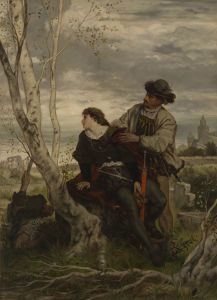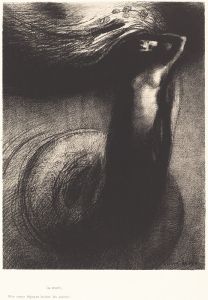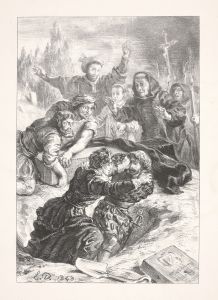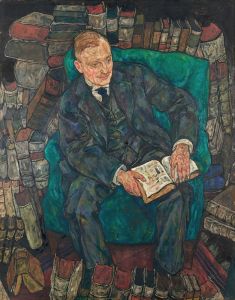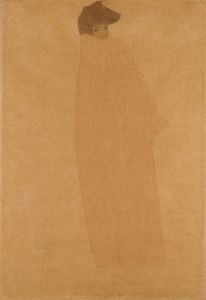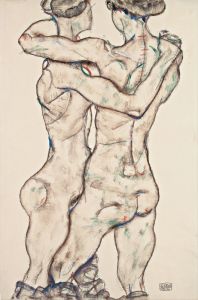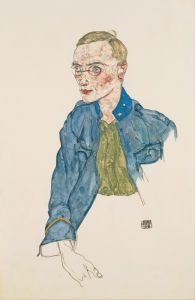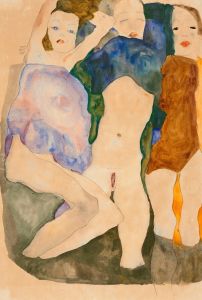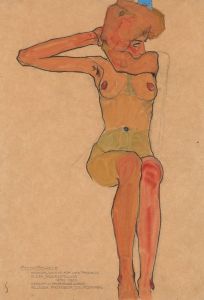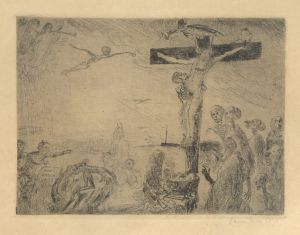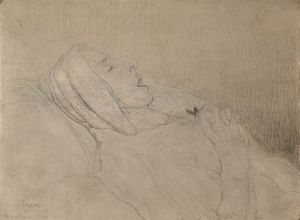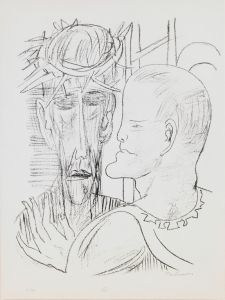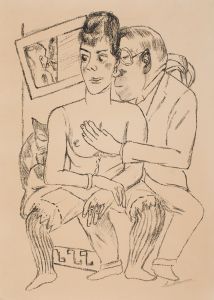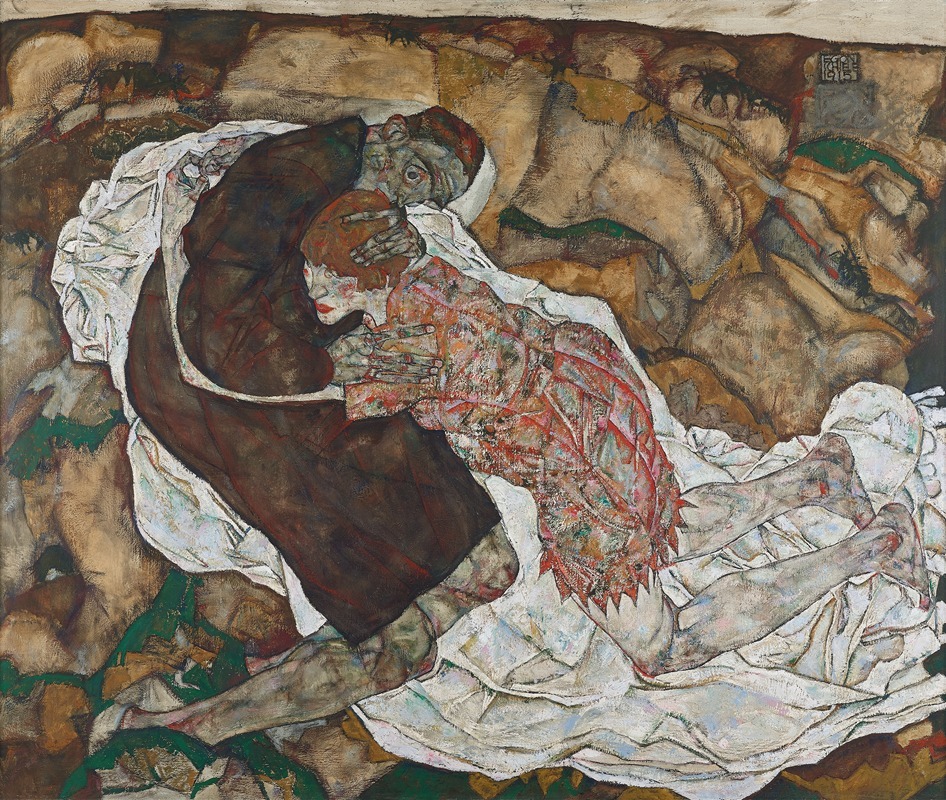
Death and girl
A hand-painted replica of Egon Schiele’s masterpiece Death and girl, meticulously crafted by professional artists to capture the true essence of the original. Each piece is created with museum-quality canvas and rare mineral pigments, carefully painted by experienced artists with delicate brushstrokes and rich, layered colors to perfectly recreate the texture of the original artwork. Unlike machine-printed reproductions, this hand-painted version brings the painting to life, infused with the artist’s emotions and skill in every stroke. Whether for personal collection or home decoration, it instantly elevates the artistic atmosphere of any space.
"Death and the Maiden" is a painting by the Austrian Expressionist artist Egon Schiele, completed in 1915. Schiele, known for his intense and often provocative works, was a prominent figure in early 20th-century art, particularly within the Expressionist movement. His works are characterized by their raw emotional power, bold lines, and striking use of color.
The painting "Death and the Maiden" is a significant piece within Schiele's oeuvre, reflecting both personal and broader existential themes. It was created during a tumultuous period in Schiele's life, marked by the upheaval of World War I and personal changes. The painting is often interpreted as a reflection of Schiele's preoccupation with themes of mortality, love, and the transient nature of life.
In "Death and the Maiden," Schiele depicts a man and a woman locked in an embrace, set against a barren, almost desolate landscape. The figures are rendered with Schiele's characteristic angularity and intensity. The male figure, often interpreted as the personification of death, is shown with a skeletal, gaunt appearance, while the female figure, representing the maiden, clings to him with a sense of desperation and resignation. This imagery draws on the traditional motif of "Death and the Maiden," a theme that has appeared in art and literature for centuries, symbolizing the intersection of life and death, beauty and decay.
The painting is also deeply personal, as it is believed to reflect Schiele's own experiences and relationships. At the time of its creation, Schiele was engaged to Edith Harms, whom he married in 1915. The painting is thought to capture the complex emotions surrounding his impending marriage and the end of his previous relationship with Wally Neuzil, who had been both his muse and lover. The emotional tension and sense of loss in the painting are palpable, conveying a poignant commentary on the inevitability of change and the passage of time.
"Death and the Maiden" is housed in the Österreichische Galerie Belvedere in Vienna, Austria, where it remains an important part of the collection. The painting is celebrated for its emotional depth and technical mastery, exemplifying Schiele's ability to convey complex psychological states through his art. It continues to be studied and admired for its exploration of universal themes and its place within the broader context of Expressionist art.
Egon Schiele's work, including "Death and the Maiden," has had a lasting impact on the art world, influencing subsequent generations of artists. His exploration of the human condition, conveyed through his distinctive style, ensures that his work remains relevant and compelling to contemporary audiences.





